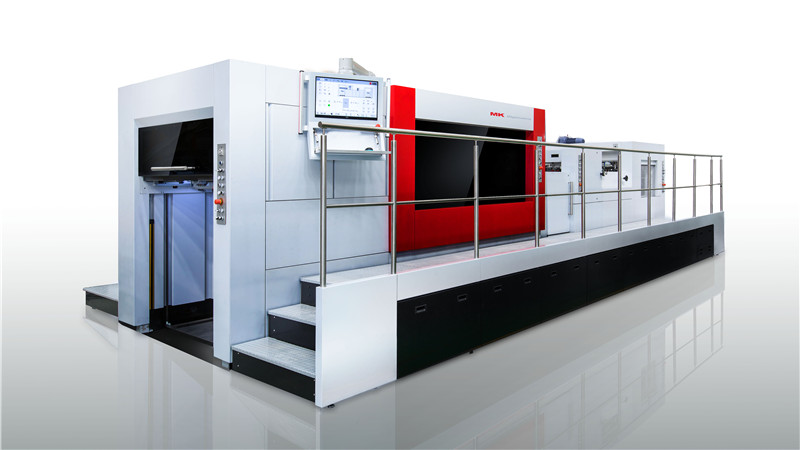In the world of modern manufacturing and design, one technology stands out for its incredible precision and versatility: the laser cutter. Combining the power of light and precision engineering, laser cutters have revolutionized various industries, enabling creators and engineers to transform ideas into reality with remarkable intricacy and efficiency. In this article, we will delve into the inner workings of laser cutters, explore their diverse applications, and highlight the advantages they offer over traditional cutting methods.
The Science Behind Laser Cutters:
At the heart of every laser cutter lies a concentrated beam of light, manipulated and focused to achieve incredible cutting precision. This beam, typically generated through the process of stimulated emission, carries an immense amount of energy that can be harnessed to cut through a wide range of materials. By adjusting parameters such as power, speed, and focus, laser cutters offer unparalleled control and accuracy, resulting in clean and precise cuts.
Versatility in Material Processing:
One of the most compelling aspects of laser cutters is their ability to work with an extensive array of materials. From metals like steel and aluminum to organic materials such as wood, acrylic, and fabric, laser cutters can seamlessly navigate through diverse substrates, adapting their cutting properties accordingly. This versatility makes laser cutters an essential tool across industries such as aerospace, automotive, architecture, fashion, and even artistic endeavors.

The Advantages of Laser Cutting:
Compared to traditional cutting methods like sawing or milling, laser cutting provides several distinct advantages. First and foremost, the precision and accuracy achieved by laser cutters minimize material waste and maximize efficiency, leading to cost savings and increased productivity. Moreover, laser cutting allows for intricate and complex designs, intricate patterns, and fine detailing that would be otherwise challenging or impossible to achieve through conventional methods. Additionally, laser cutters produce smooth edges that often require minimal post-processing, saving time and effort in the finishing stages of production.
Applications in Various Industries:
The broad range of materials and intricate cutting capabilities offered by laser cutters has made them indispensable in numerous industries. In manufacturing, laser cutters are commonly used for prototyping, production of intricate components, and rapid tooling. In the realm of architecture, laser cutters enable the creation of detailed models, intricate façades, and precise decorative elements. Artists and designers embrace laser cutters to bring their visions to life, crafting intricate sculptures, jewelry, and customized textiles. Furthermore, laser cutters play a pivotal role in the medical field, aiding in the production of implants, surgical instruments, and customized prosthetics.
Future Possibilities and Innovations:
As technology continues to advance, laser cutters are also evolving, pushing the boundaries of what can be achieved. With the integration of computer-aided design (CAD) and computer-aided manufacturing (CAM), laser cutters can seamlessly translate digital designs into physical creations. Furthermore, the development of new laser sources, such as ultrafast lasers, expands the range of materials that can be cut and paves the way for even more precise and efficient processes.
Conclusion:
The rise of laser cutters has ushered in a new era of precision and creativity across industries. With their ability to work with diverse materials and achieve unparalleled accuracy, laser cutters have become invaluable tools for manufacturers, designers, and artists alike. As technology continues to advance, we can expect laser cutters to push boundaries further, unlocking new possibilities and redefining what can be achieved in the realm of cutting and manufacturing.
Previous: Unraveling the Distinctions: SOP and MOP in Agriculture
Next: What are some customization options for single iron doors?
Copyright:@2020-2021
Comments Please sign in or sign up to post.
0
0 of 500 characters used